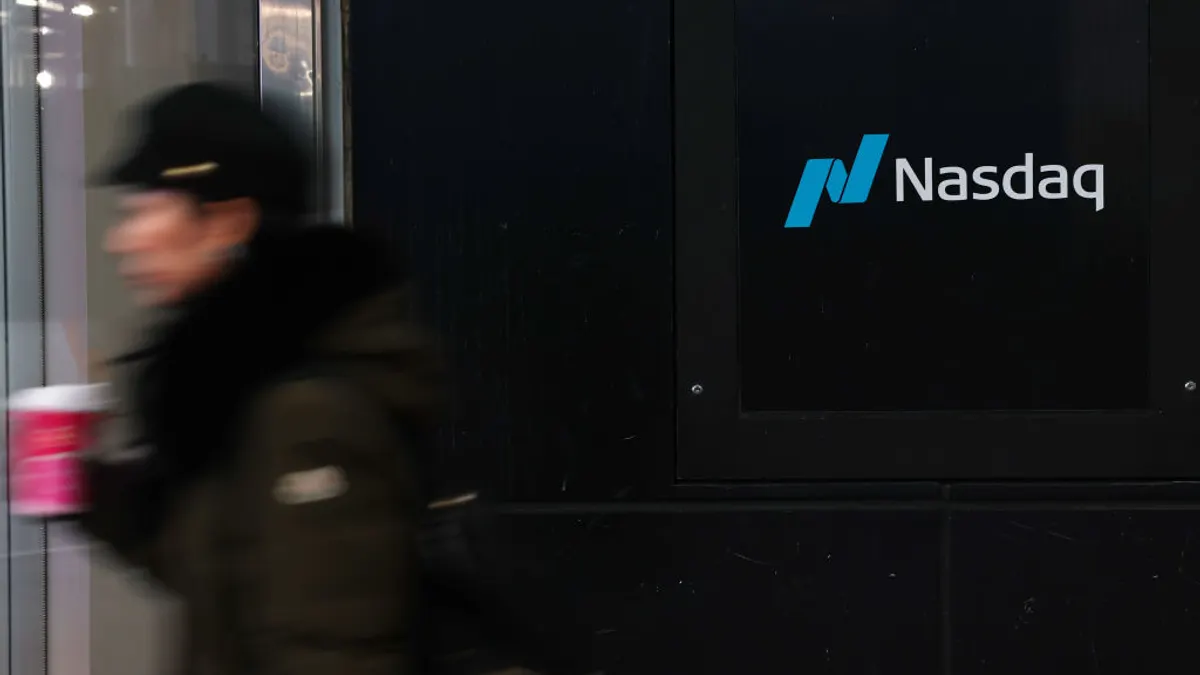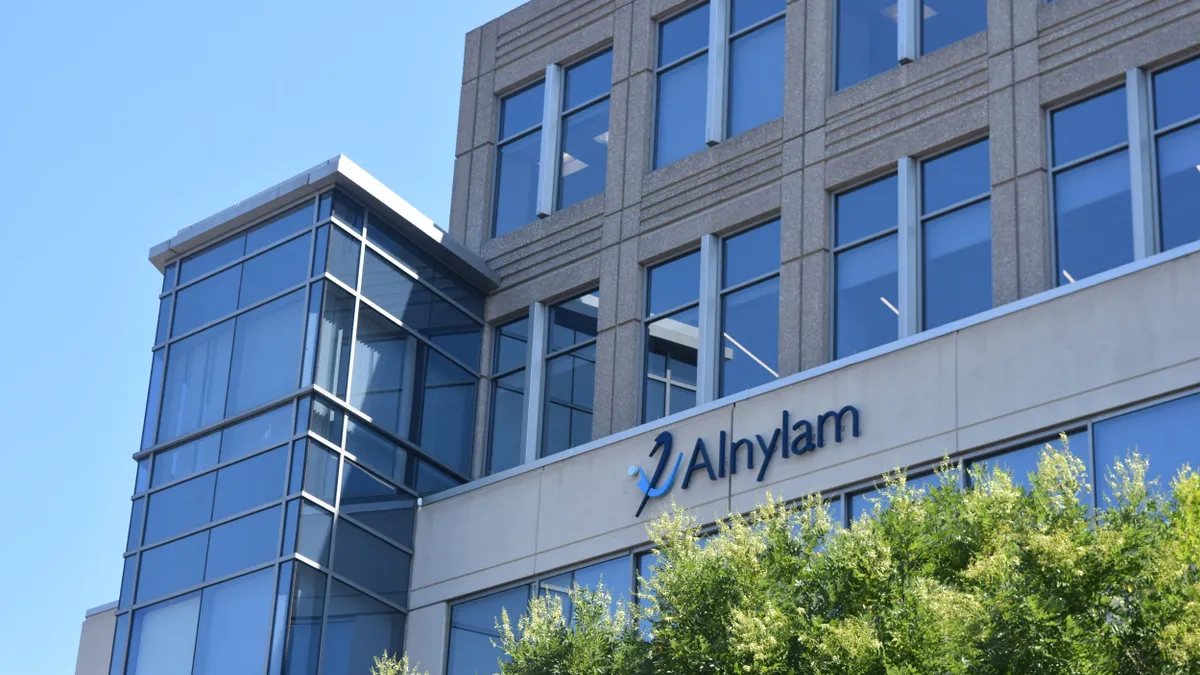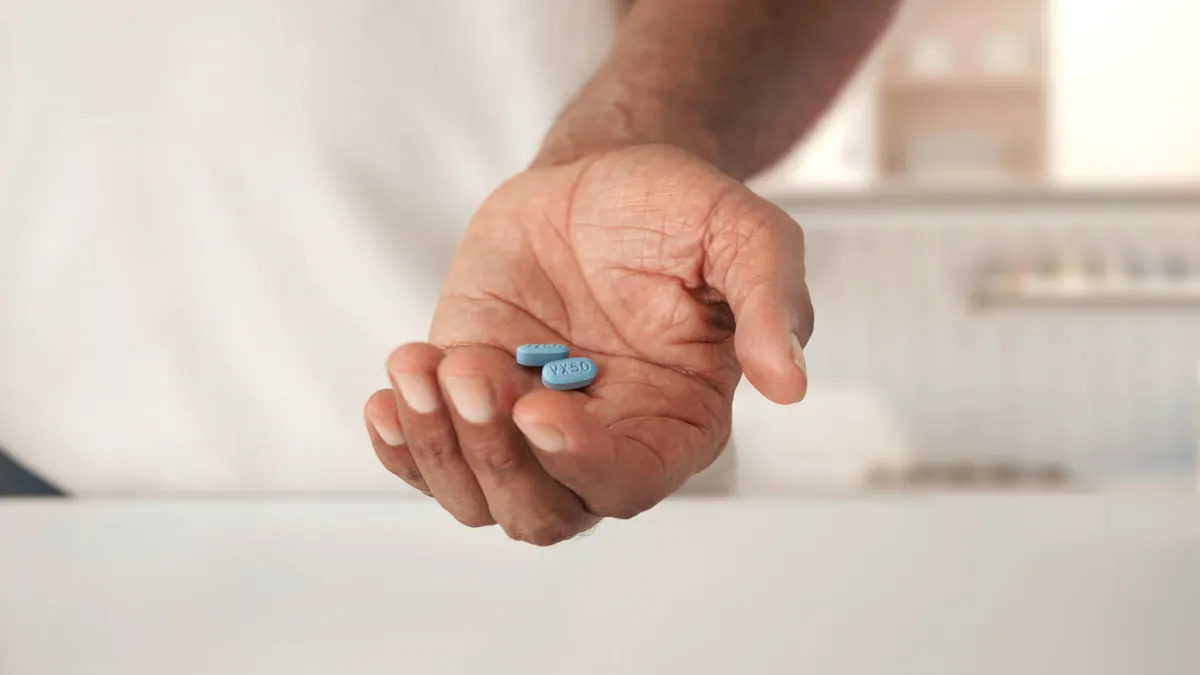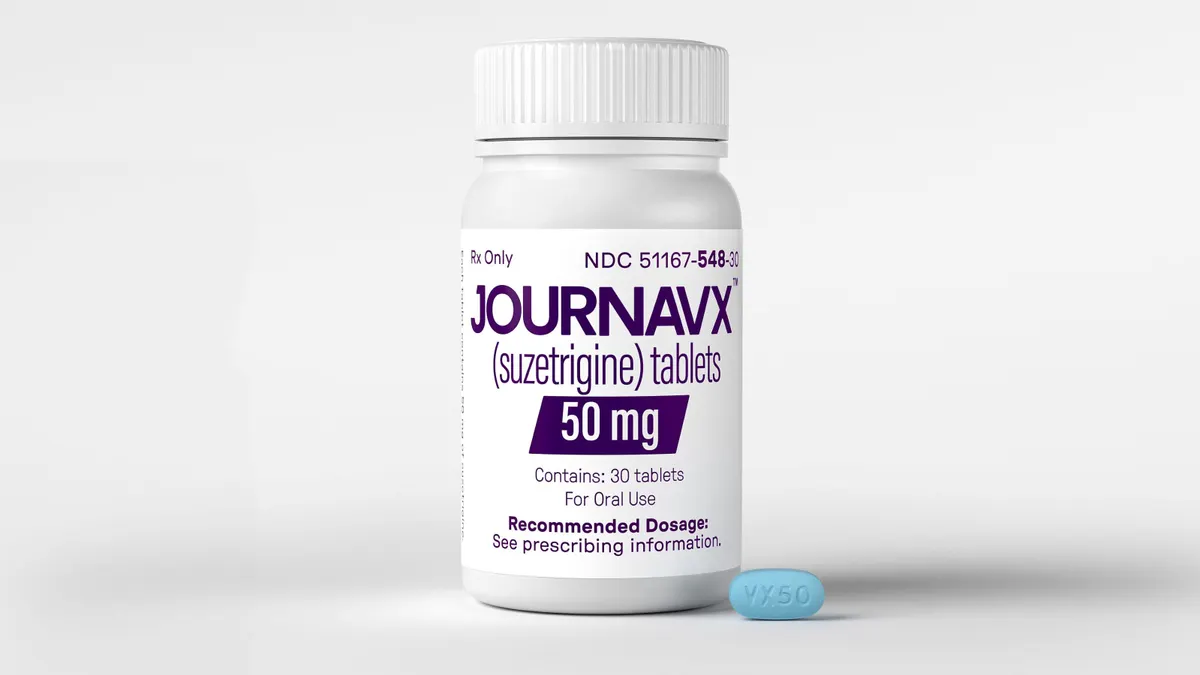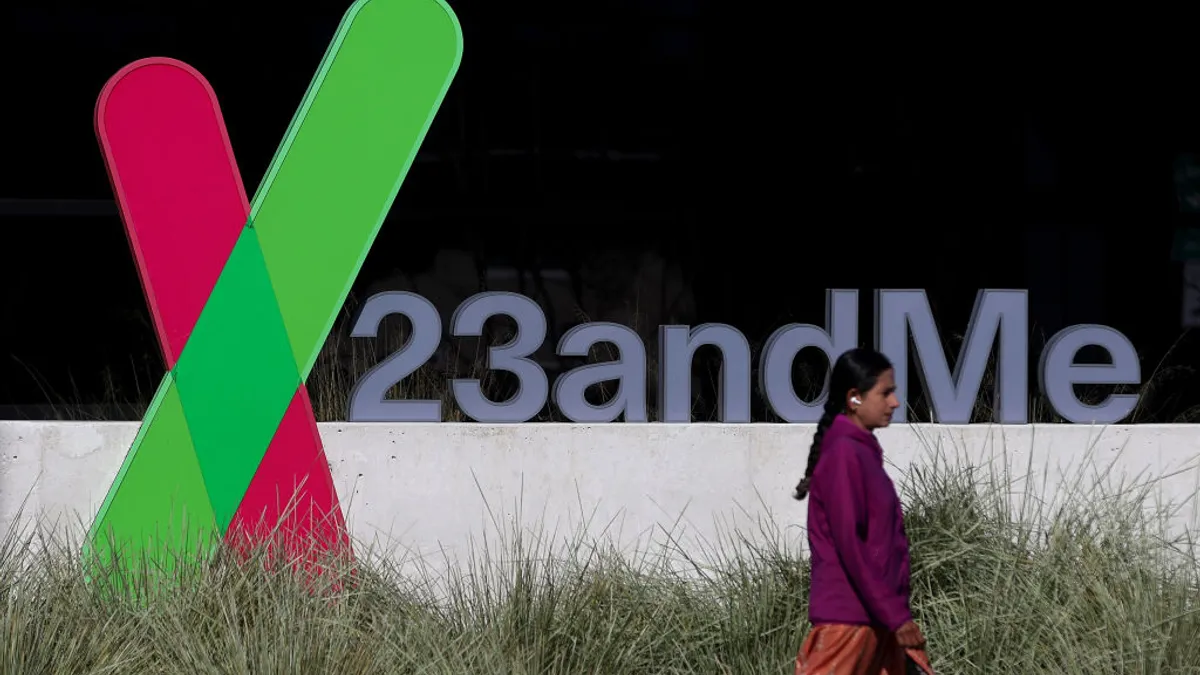Metsera and Maze Therapeutics are the second and third biotechnology firms this year to go public, raising $275 million and $140 million, respectively, in a pair of new stock offerings priced Thursday.
Metsera, an obesity drug developer, sold nearly 15.3 million shares at $18 apiece in an offering that ranks as one of the industry’s largest since 2022, according to BioPharma Dive data. Maze, a maker of kidney disease medicines, priced more than 8.7 million shares at $16 each, exceeding the terms it had set earlier this week.
Metsera shares will trade on the Nasdaq Friday under the symbol “MTSR,” while Maze’s stock will be listed under “MAZE.”
Metsera’s offering completes a quick jump to public markets. The company officially emerged from stealth last April.
Like many other well-funded startups to recently launch, Metsera aims to compete in the multibillion-dollar market for weight loss drugs with medicines that improve upon Novo Nordisk’s Wegovy and Eli Lilly’s Zepbound. The company used a large bankroll — more than a half a billion dollars through two funding rounds — to acquire and test a portfolio of oral and injectable drugs.
In January, Metsera revealed Phase 2 data suggesting its top prospect, MET-097i, may last longer in the body than Zepbound or Wegovy. The company is testing it as a weekly injection in additional mid-stage trials in obesity and diabetes, and plans to evaluate a monthly dosing schedule in a third Phase 2 study. Two of those trials should produce results in 2025, according to Metsera’s filing.
The company is also developing a long-acting oral medicine and an injectable drug targeting the gut hormone amylin. An earlier version of the oral drug is in Phase 1 testing in Canada. Metsera intends to incorporate findings from that study into an early-stage trial of a refined compound in the U.S., from which data could come later this year.
The injectable therapy, MET233i, will be evaluated in combination with MET-097i in 2025 as well if Metsera observes “sufficient evidence of clinical safety” in an ongoing, early-stage trial, according to the filing.
Maze has also had success with private fundraising, securing nearly $500 million across several financing rounds. The latest came in the form of a $215 million Series D announced less than two months ago.
The funding helped Maze develop drugs for kidney disease and metabolic disease as well as a Pompe disease treatment that it later licensed out.
Maze's lead drug in November entered Phase 2 testing for a type of kidney disease caused by mutations in a gene called APOL1. Maze expects to report data in 2026 and, in its IPO filing, claimed the drug could compete with a Vertex Pharmaceuticals treatment that’s in late-stage testing. Maze said preclinical research indicated its drug could be “substantially more potent” than Vertex’s, making it “more suitable for clinical exploration in a broader range of patients.”
A second program is currently in Phase 1 trial in chronic kidney disease. Study results will come in 2025, after which Maze will start a Phase 2 trial in the rare genetic disorder phenylketonuria.
Maze first licensed its Pompe disease drug to Sanofi in 2023 but, after an unusual challenge to that deal by the Federal Trade Commission, handed rights to Shionogi the next year. Maze has also put some of its research into two startups, Contour Therapeutics and Broadwing Bio, though the former company has since been dissolved, according to its IPO filing.
In each of the past three years, there have been around two dozen biotech IPOs, far fewer than during an IPO boom that coincided with the COVID pandemic. Industry experts expect an uptick in 2025 as more mature biotechs test public investors’ interest.
“With a large backlog of private companies, we expect the IPO pipeline to step up a bit in 2025,” as many of those companies have “good cash balances” and “lots of data,” wrote Jefferies analyst Michael Yee earlier this month.
The first quarter is typically a busy time for IPOs. Metsera and Maze join China-based cancer biotech Ascentage Pharma in going public this month. And four other companies have lined up behind them. All seven companies have drugs in clinical testing, and four have advanced into at least Phase 2.



